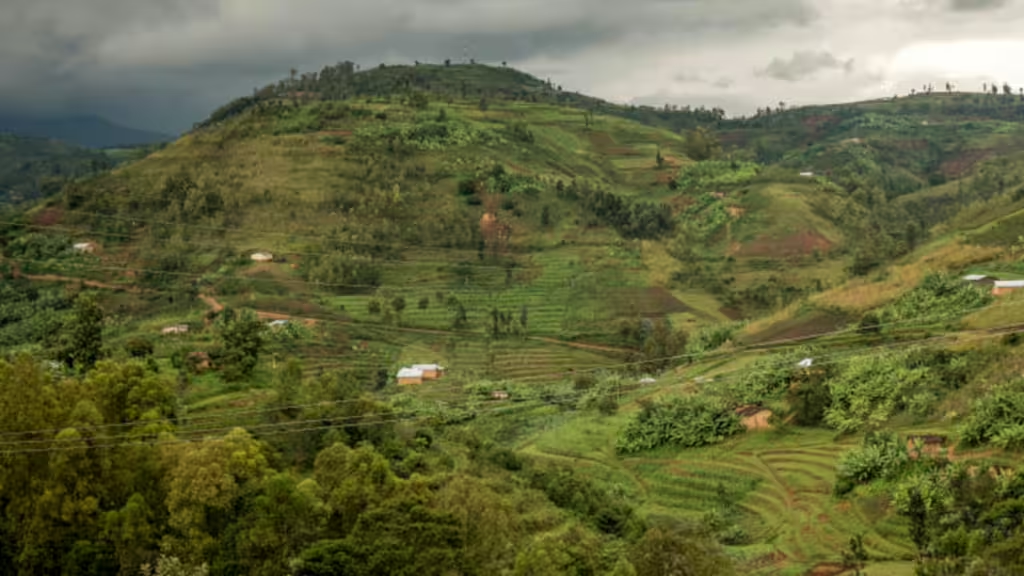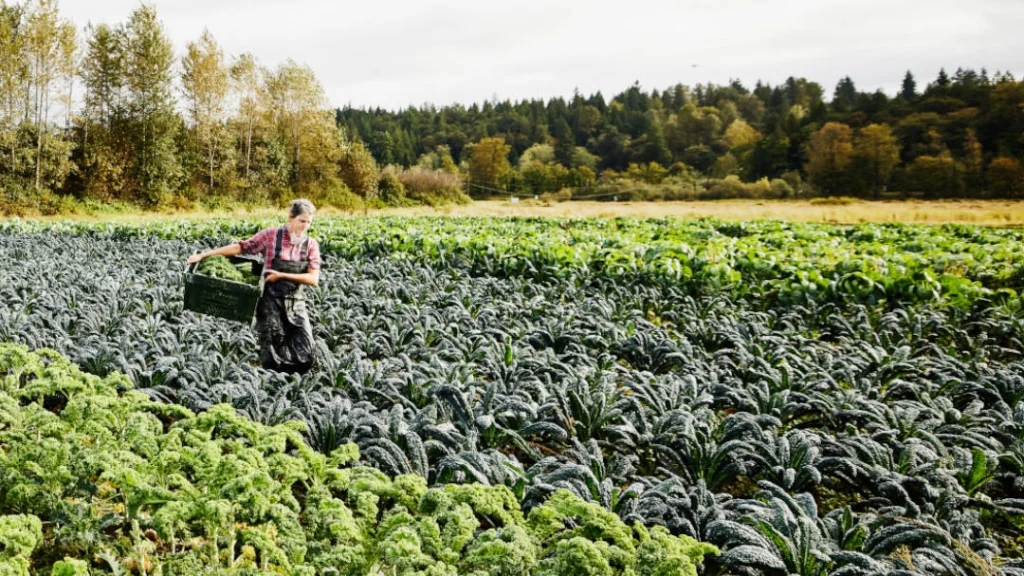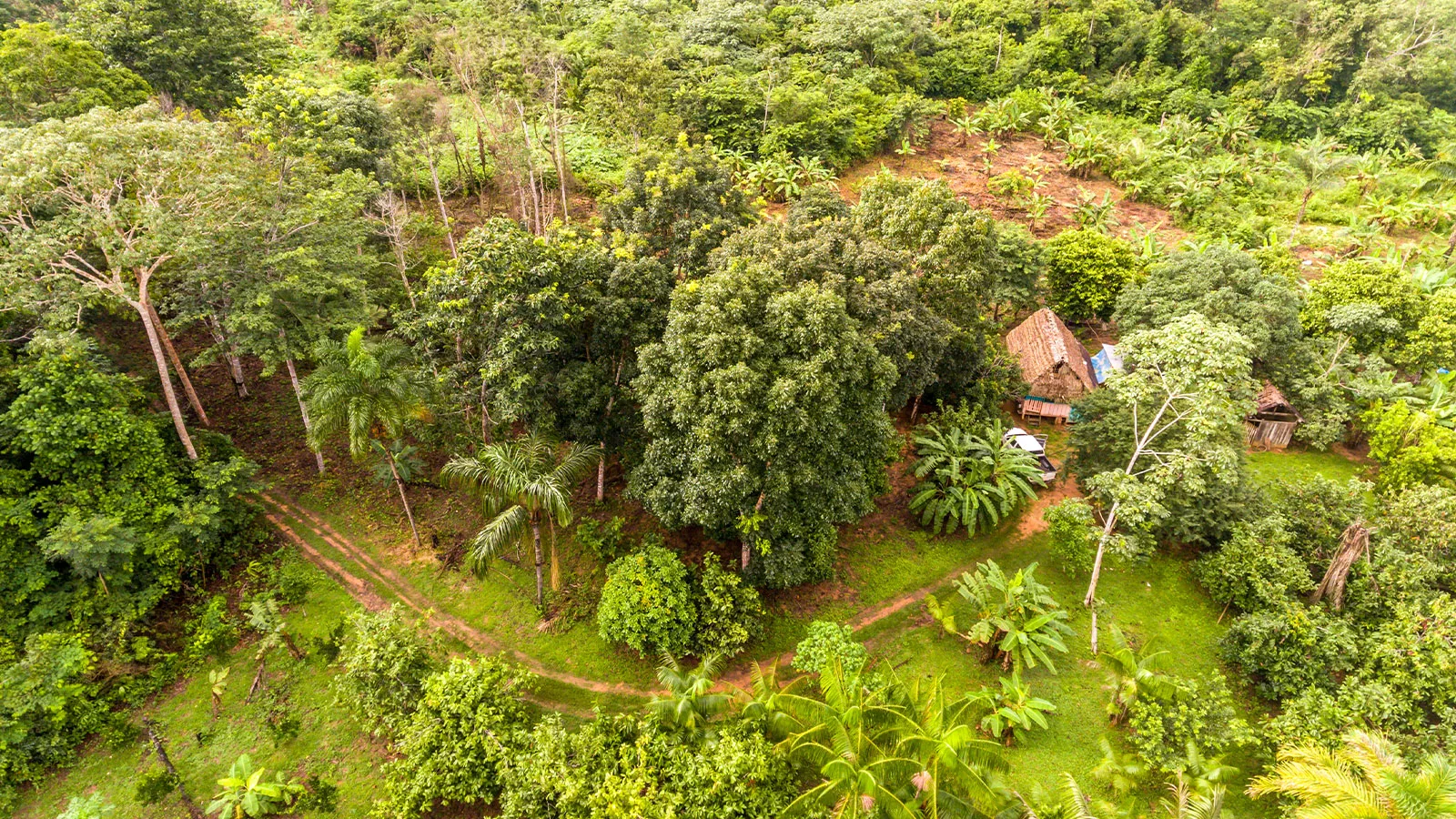Authors
Diane Holdorf, Executive Vice President, WBCSD
The costs of inaction make bolder agrifood sector transformation an imperative
Global temperatures exceeded 1.5 Celsius above the pre-industrial era for the first time in 2024, deforestation and land degradation will cost us $23 trillion annually by 2050, climate change is estimated to reduce crop yields by an average of 10% globally and 50% in certain regions, and farmer protests are becoming a growing global occurrence. The implications will affect societies worldwide. The bottom line of agrifood businesses will be particularly affected and the most vulnerable communities – such as smallholder farmers and Indigenous Peoples – will be disproportionately impacted.
Progress, however, is ongoing and more ambitious actions lie on the horizon. Governments worldwide have made significant strides to leverage agrifood systems in their nationally determined contributions (NDCs) and the number of corporate climate targets – tracked through platforms such as the Science-Based Targets Initiative (SBTi) – is rapidly increasing, with nature targets expected to follow and an increasing number of commitments to regenerative agriculture, as highlighted in recent analysis by BloombergNEF.
What more is then needed, in 2025 and beyond, to grow momentum for much-needed food systems transformation? Agricultural production relies on healthy soils, stable and predictable climate, and a regenerative natural environment. None of these issues can be tackled separately. Policy makers and businesses alike must integrate actions on climate, nature and land management to systematically tackle the degradation of our environment and support livelihoods.
Our discussions at the World Economic Forum in Davos this year underscored a critical gap: only a fraction of the required capital is being directed toward the agricultural transition. To accelerate progress, we must scale solutions, ensure replicability, and adopt aligned holistic outcome-based metrics to demonstrate impact. Through our landscape-focused initiatives, we are working with partners and members to activate these levers of change and unlock the finance needed to accelerate the needed transition at pace.
Landscape approaches deliver social, economic and environmental benefits
Landscape initiatives are an excellent example of approaches that can enable businesses to address multiple sustainability issues at once in a place-based context over the long term. Working at landscape level means collaborating with diverse stakeholders involved in a landscape which has ecological or jurisdictional boundaries to advance shared sustainability goals and build resilience beyond supply chains. It reconciles and optimizes social, economic and environmental objectives across multiple economic sectors and land uses.
In the same way that basin-scale river or watershed management can ensure optimal and sustainable allocation of water resources for different purposes (irrigation, industry, drinking water supply, power generation, nature), landscape-level land management helps companies look beyond their linear value chains to build landscape resilience, and the associated economic benefits for the communities whose livelihoods depend on them, while ensuring continued sourcing security.
Landscape approaches allow different stakeholders to work in synergy
Landscape action can achieve several business benefits while also helping advance several sustainability commitments at once. This approach provides the ability to effect change even in supply chains where full traceability to site level has not yet been reached, and the opportunity to tap into capital deployed by other collaborating entities to achieve common goals.
In complex supply chains, landscape approaches can be especially helpful in tackling systemic issues such as deforestation, ecosystem conversion, watershed risk or human rights violations. Individual companies will continue to struggle to tackle climate change impacts on supplies, ensure equitable remuneration of farmers in landscapes where poverty persists or resolve land use issues and conflicts. Through landscape initiatives, businesses, local governments and rural communities can strategically collaborate on shared goals to foster sustainable and inclusive landscape management and governance.
Multistakeholder collaboration and investment at landscape level are therefore necessary for supply chain resilience. While the 4.6 trillion USD of investment needed to restore landscapes today sounds unachievable, this number is much lower when compared to the 23 trillion USD estimated costs of inaction. Public and private sector capital must be mobilized faster, farther and innovatively to achieve the desired outcomes at scale.
“Preserving and restoring landscapes is essential to prevent deforestation and promote resilient ecosystems. This requires long-term commitment from both the public and private sectors. We cannot create sustainable landscapes alone. By collaborating and working towards a shared goal, we can all contribute to creating a sustainable and fair agricultural system. Nestlé is working with partners throughout our supply chain and with industry-wide coalitions, to help preserve and restore ecosystems.” – Laurent Freixe, CEO, Nestlé
Landscape initiatives mature and start yielding positive results
We are seeing action at landscape-scale gain momentum from businesses across the globe.
Through the recently launched Sustainable Landscapes Partnership (SLP), global food and beverage companies, retailers and soft commodity traders are collaborating to deliver financial incentives, technical assistance, and capacity-building to reduce soy-driven deforestation and conserve native vegetation in a critical biome, the Brazilian Cerrado. Through the SLP, these businesses and their partners are identifying the key issues underlying deforestation at landscape scale, and investing in long-term solutions within, and beyond, their supply chains.
Another Brazil-focused initiative was announced last December, when leading agrifood companies and the Brazilian Ministry of Agriculture (MAPA) launched the Landscape Accelerator – Brazil (LAB). As a sprint in the run-up to COP 30 in Belém, LAB partners are working pre-competitively to elevate and embed successful models – like the SLP – into policy and finance levers addressing chronic bottlenecks to scaling holistic regenerative agricultural systems in Brazil.
In Europe, the One Planet Business for Biodiversity (OP2B) coalition has brought together global agribusinesses such as Danone, Nestlé and PepsiCo (amongst others) to meet farmers’ transition needs by facilitating collaboration towards common sustainability and nature goals, proposing innovative ways to overcome financial barriers to transition, harmonizing metrics and MRV, and bringing the needs of business to European policymakers.
Due to their complexity and scale Landscape-level results can take time, but there are already some examples of success
- Since 2018, global manufacturer Nestlé has invested in a landscape initiative in Cavally, Ivory Coast, in partnership with the Ivorian government and Earthworm Foundation, with the aim of tackling deforestation whilst protecting the livelihoods of local farmers. In its first phase, the Cavally project led to a significant reduction in deforestation, the regeneration of 7,000 hectares as well as the reforestation of almost 1,500 hectares. Currently in its second phase, this initiative is now seeing Nestlé partner with other cocoa businesses as well as cooperative of rubber producers to ensure deforestation issues do not shift from one sector to another.
- TNC is supporting the State of Para in Brazil on its comprehensive approach to reduce deforestation attributed to cattle ranching, including Brazil’s first mandatory individual traceability policy with environmental requirements for cattle in the country. With cattle ranching in Brazil historically accountable for 24% of global tropical deforestation and 26 million cows in Pará, this program aims to reduce deforestation at its root and encourage other states to follow. TNC is a key partner in this program’s implementation, focusing on accelerating aligned roll-out, incentivizing early uptake, and delivering partnerships that fulfill the state’s commitment to increase market access for smallholder farmers.
Business action must be bolder
With momentum building, and the importance of taking integrated landscape approaches clearer than ever, now is the time to act. Fostering inclusive landscape-level approaches was identified as a key priority area by the Riyadh Action Agenda – a flagship initiative by the UN Convention to Combat Desertification – to promote sustainable, resilient and inclusive food systems.
It is key that private sector actors work with Indigenous Peoples, Local Communities and producer and farmer associations to ensure a fair process and multi-stakeholder governance can lead to a mutually beneficial result for people, planet and profit.
At WBCSD, we encourage businesses to share information, find partners, and use credible knowledge resources (see our updated website’s Resource section) to transform large agricultural landscapes to regenerative ones through the COP28 Action Agenda on Regenerative Landscapes. With key partners such as the Boston Consulting Group (BCG) we are driving private-sector involvement in landscape initiatives in Brazil ahead of the annual climate conference being hosted in the Amazon and are looking to launch new landscape accelerators in key regions of interest. With landscape-level collaboration continuing to be a priority for WBCSD in the future, we call on businesses, governments, civil society and implementation partners to join forces now to act above and beyond their own value chains.
We especially call on business leaders whose companies are facing multiple sourcing challenges in place-based contexts to engage and invest in collaborative landscape approaches that can demonstrate how the need to better integrate climate, nature, land and equity agendas can offset risk, increase resilience and support key businesses and stakeholders up and down their value chain.
Outline
Related
Content

Briefing for policy makers: driving business impact on regenerative agriculture
5 December, 2024

COP28 Action Agenda on Regenerative Landscapes launched in Dubai
4 December, 2023

Agriculture value-chain actors call for a widespread industry alignment on how to measure and scale regenerative agriculture
1 December, 2023

